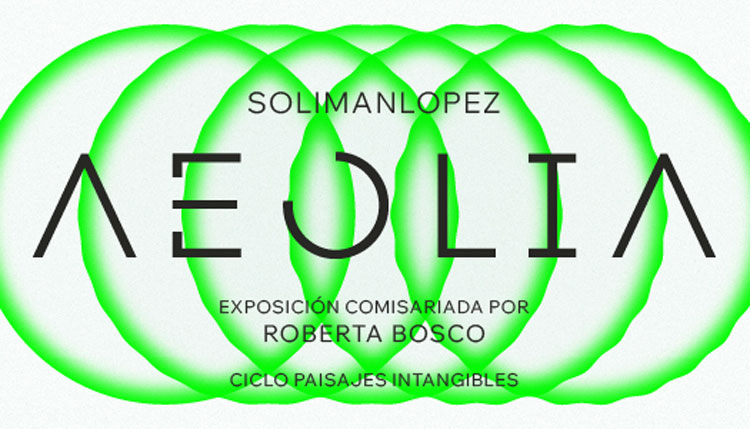From 27 November to 8 March 2016, the Instituto Cervantes in Madrid opens the exhibition Aeolia, by conceptual artist Solimán López (Burgos, 1981), curated by art and technology expert Roberta Bosco. The opening will take place on 27 November at 7.30 p.m.
This exhibition is the first of the new cycle Intangible landscapes and it is also the first proposal of Banca Cervantes, a new space and laboratory for art, thought, language and digital culture open to projects that integrate contemporary creation, literature and technology.
Aeolia, inspired by the power of the wind, is an interactive sculpture, a wind-powered text to -with the help of artificial intelligence and public participation- “reimagine” Miguel de Cervantes’ Quixote and write new stories.
This exhibition is the first proposal of the cycle of exhibitions Intangible landscapes, organized by the Instituto Cervantes and curated by the expert in art and technology Roberta Bosco. With Aeolia, the Institute inaugurates both this new exhibition cycle and a new space for artistic and technological experimentation: Banca Cervantes. This space, located in the old banking area of the historic building, is conceived as a laboratory of art, thought, language and digital culture, designed to host projects that integrate contemporary creation, literature and technology.
That is why Aeolia inaugurates this new territory: a space where art becomes language and language becomes energy, exploring the links between nature, artificial intelligence and human consciousness. Aeolia is a large-format interactive sculpture that turns the air into words: a text wind turbine that “rewrites” the Quixote using an artificial intelligence system. This installation transforms wind energy into language, inviting the public to actively participate in the creation of new stories. The AI, trained with Cervantine texts and a Cervantine bibliography of contemporary thinkers, produces variations on the classic from ecological, gender or philosophical perspectives. The project does not revise the original text, but reinterprets it as a metaphor of human thinking versus machine, raising a reflection on authorship, collective memory and symbolic sustainability.
